Currency is a monetary unit that can fulfill the function of money when exchanging goods. That is to say in a more general sense. If this issue is considered in a narrow sense, then a certain type of banknote, which is a participant in international economic relations, will be called currency. Types of currencies are quite diverse.
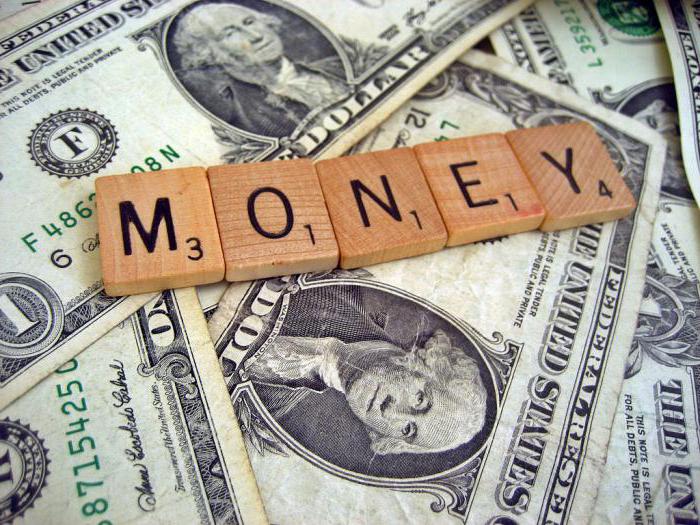
All about currencies
There are a large number of species, because science is trying to classify everything for a more convenient treatment of all the concepts that apply to it, and to use this knowledge in practice. Indeed, the understanding of the mechanisms of currency formation and turnover cannot be considered in isolation from the theory of which classification is a part.
What is a currency?
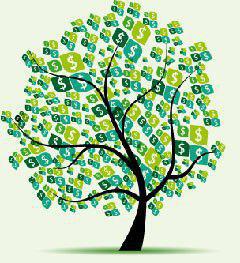
As mentioned earlier, a currency is what participants in an economic or trade process are calculated. Each of them has its own value, which determines the success of the state economy. Naturally, to say that only the currency does this is not necessary. But it is important to understand that nevertheless it is precisely the value of the exchange rate that determines the success of the economy in the international arena.
The relationship of living standards with the price of currency
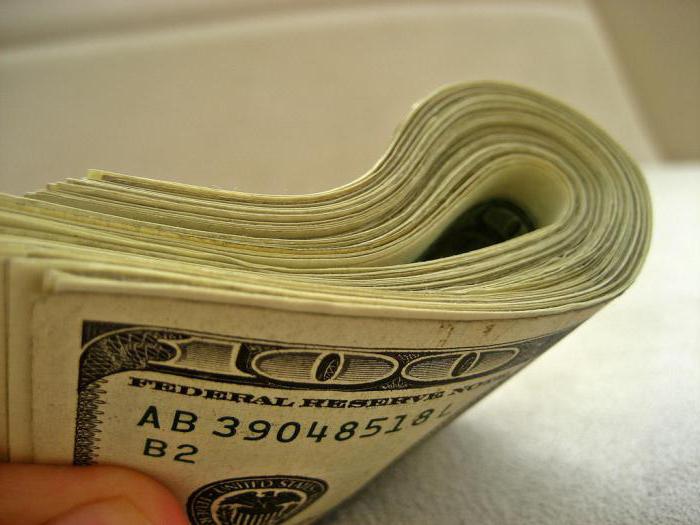
However, far from always the low cost of some currency negatively affects the standard of living. Sometimes even too expensive currencies, such as the dollar, do not help ordinary people live. And the example of American society can be seen. Yes, the middle class prevails there. But this does not mean anything, since they achieve such a financial situation through very intensive work.
At the same time, take such a country that we know as Belarus. This state is considered a country with a fairly high standard of living in the post-Soviet space. But if you look at the Belarusian ruble exchange rate, you can’t even say that they have no particular problems with the standard of living. Naturally, citizens of any country have their own economic problems. But the determining factor is not the exchange rate or economic situation, but the ability of citizens to adapt even to poor conditions.
Currency Functions

Regardless of what types of currencies are, they perform the following functions:
- Currency acts as a base for the scale of prices. What does this mean? The fact is that you need to determine the value of each product. The price of it is a quantity. But how can one determine what price should be set? It is for this purpose that currencies are used.
- Legal means of payment. There is no difference which types of currencies are used on the territory of the state, each of them is a legal means of payment. As a rule, prices in other currencies are not indicated. If they are put on price tags, then they perform an indicative function rather than a directly calculated one. As for foreign currencies, the state can independently determine the degree of turnover of any currency in it.
- A means of ensuring settlement between states. By understanding the value that a particular currency has, it becomes clear at what price imported goods can be sold. It is from the export of certain goods that its well-being depends, since usually import prices are much higher. Accordingly, the country exporting goods is much easier to stabilize the economy. In this case, really valuable goods must be exported. Then there will be no difference which types of currencies are involved in the turnover, as the economy will still be strong.
When can a currency be a player?
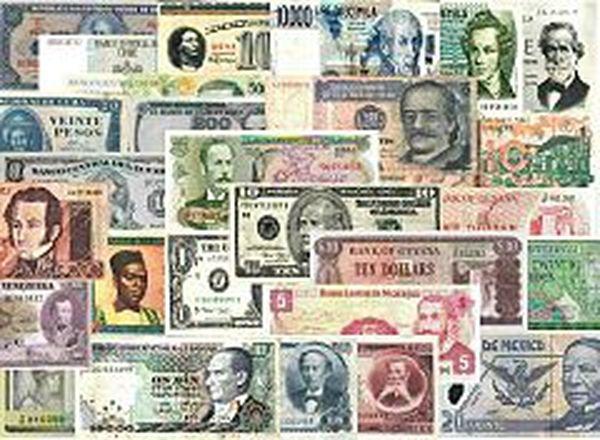
Everything is very clear, right? It should be noted that if some function is not performed, then the currency cannot exist in the form that it can. She must be a player not only in her market, but also in the external. Still, often the external determines the internal. And the key to success of any country is the conformity of these two indicators. Because in the Soviet Union, the type of currency, the ruble, had a very high price. But the economy was still in stagnation, after which it completely collapsed.
Currency Classification
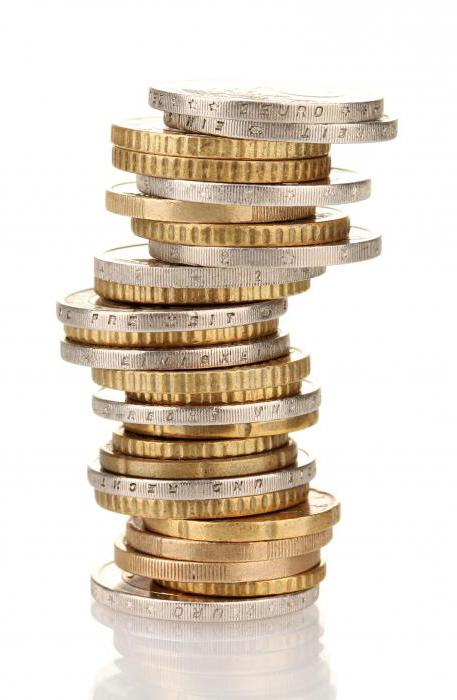
The exchange rate is the price for which it can be bought on the international exchange. Naturally, we need to consider the types of exchange rates. These are not types of currencies according to exchange rate stability, but a completely separate classification. With that parameter, everything is clear: currencies are stable and unstable.
The first type is a cost-effective currency, regardless of its exchange rate, since stability is sometimes better than quantitative indicators. An unstable currency is a bad enough option that is constantly changing. She can jump up sharply, and her quotes can fall down. And here you can never guess which option will work. Banks do not want to work with such currencies. Yes, and people somehow do not want to pay in volatile currencies, which makes the latter even weaker. After all, the currency also depends on the confidence of the population.
Types of Exchange Rates

Now we will directly proceed to consider the types of courses themselves. This classification is divorced from the currencies themselves. It simply considers the concept of the course and what they are.
- A fixed exchange rate is one that is established directly by law. It does not change depending on how they want to sell it. This is the rate that is laid in the budget of the country and does not change over a certain period of time. Not just because this type of course is called fixed.
- A floating exchange rate is one that is set directly on the currency exchange. A floating exchange rate is characterized by volatility. In Russia, the floating rate is set by the Moscow Currency Exchange, which is directly subordinate to the Central Bank of the Russian Federation.
- Cross course. This is the direct ratio of one currency to another, based on the third currency. For example, at the time of writing, the cross rate for the hryvnia and the ruble is 1: 3 based on the dollar. This course also has its advantages. So, you can find out which course is currently without fixing. This is an operation that is performed by the country's main bank to correct the exchange rate of the currency against the dollar or any other.
- The current rate is the value that is used as the price of a particular currency. He holds on for two days, after which he changes. However, it may remain at the same level. Once at a time is not necessary.
For an ordinary person, another classification is understandable. This is a sale. But everything is clear here. One currency is bought, and the other is sold. In exchangers you need to look at the currency purchase rate. Selling is usually cheaper, although there are exceptions. In general, what is sold or bought is very relative. It all depends on which reference point is used.
Types of national currencies
There are many national currencies. Some countries have refused to introduce their own currencies in favor of international ones. They will not be considered here. After all, international currencies already know everything. One of these is the euro, which is a fairly expensive currency. But let's take a closer look at the national currencies and what they are.
- Ruble. This is a currency that is actively used in Russia and in those countries or regions whose status is uncertain. For example, rubles are used in the territories of the DPR or LPR, which show their loyalty to Russia, or the authorities that seized them, at least show it.
- Hryvnia. This is the Ukrainian currency, which was introduced in 1996 after the end of the crisis.Despite the fact that this currency was then worth half a dollar at that time, the standard of living at the moment in this country is much better. However, the rate is now less joyful - 25 hryvnia to one dollar. Although not to say that everything is bad. As they said, the success of a country's economy is determined not by what course it is, but how smart people are there. Unfortunately, not everyone can say so. But those who suffer about the course and do not want to adapt to ensure the former standard of living are simply wrong.
- Dollar. In principle, this currency can be called national, since it is used as a settlement currency only in the United States. And this country is an example when a high course does not improve the standard of living of ordinary people. Yes, they all drive cars there. But this provoked massive obesity. And what kind of living standards can we talk about if a huge number of people suffer from a disease that provokes heart attacks, strokes and diabetes?
Naturally, there are much more national currencies. But this list is also quite good. Its value lies in the fact that the focus is primarily on our own currencies, which are understandable to everyone and on the example of which we can explain what and how it works. We have already figured out what currency is - the concept and types (in part). Now we need to think about the types of currencies that exchange.
Types of currency in exchangers
An exchange is the sale of one currency and the purchase of another for the money. Everything is very simple, this mechanism is worked out. But what are the types of exchange currency? This question is far from everyone knows. Well, let's arrange a small educational program and understand what kind of exchange currencies are. After all, nothing allows you to learn a topic like classification, right?
Freely convertible
In general, the types of currencies by the exchange method can be different. Which ones? In particular, we consider the types of currency convertibility that can be exchanged (that is, converted, these words are synonyms) one to another. The first type is freely convertible. As a rule, these are currencies that do not have a sufficiently high exchange rate and cannot adversely affect the country's economy. After all, what is bought becomes more expensive. It's clear. It turns out that, if you give the opportunity to freely convert the dollar, it can end with its even greater strengthening, which can worsen the economy of other countries.
Partially convertible
The dollar is a partially convertible currency for the reason that this currency is priced, but its too active turnover can lead to a deterioration in the state of the economy of a certain country. In the case of countries with a high dollar exchange rate, this can end very sadly. To prevent this, the authorities make restrictions on certain types of foreign exchange transactions. And with the dollar it’s best shown.
Non-convertible
It happens that some countries do not allow their currencies to be used in other countries. This is not entirely good in our globalized society, but they do just that. An example is not far - the Soviet Union. There, the currency was not convertible, which negatively affected the economy of this country. That is why the ruble was then called wooden. Most likely, this can take place now, although at the moment this is better. A sufficiently large number of people calmly go and exchange their rubles for dollars, and everyone is pretty good at it.
Currency Operations
Types of currency transactions is also an important topic for discussion at the end of this article. There are two types of possible operations:
- Conversion, that is, exchange. This is especially true for such topics as types of operations with foreign currency. Exchange is the primary means by which the value of a currency can be secured. The price at which they are willing to exchange it means a lot.In this aspect, the Russian ruble is not a good example, since to buy a dollar, you need to pay out almost, and in some exchangers, more than 70 rubles. This is a fairly high price. Even Ukrainians are ready to pay three times less per dollar. Although they are very close to Russia.
- Loans Here's what else they love to do with currency. The types and classification of currencies does not matter with a loan. Almost. In fact, there is some role, but rather insignificant. After all, loans can be issued in different countries and between different states in a wide variety of currencies. But there are only three main ones: national, dollar and euro.
- Payment. This clause also matters. After all, this is the main operation that we perform.
We figured out what types of currencies are and what you need to know about exchange rates and the types of transactions that can be performed. This information can be used by you both for general education and to ensure a normal lifestyle. There is one piece of advice here that you could catch. It is very useful and constructive.








